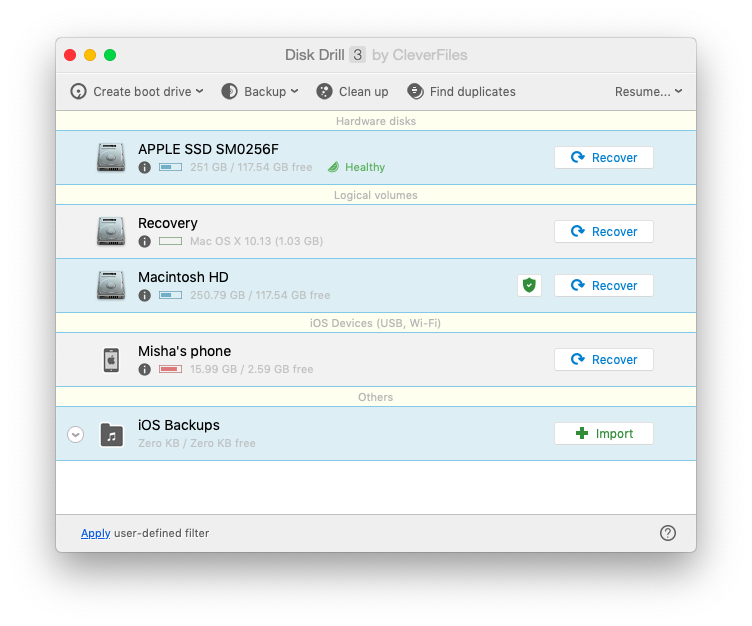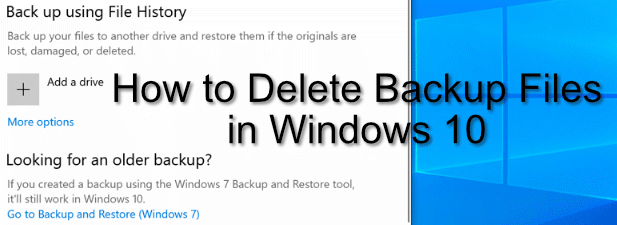

- #HOW TO DELETE BACKUP FILES ON EXTERNAL DRIVE FOR MAC HOW TO#
- #HOW TO DELETE BACKUP FILES ON EXTERNAL DRIVE FOR MAC PROFESSIONAL#
#HOW TO DELETE BACKUP FILES ON EXTERNAL DRIVE FOR MAC PROFESSIONAL#
The cost of professional data recovery services varies based on the cause of data loss (it’s considerably more difficult to recover data from physically damaged devices than devices that have suffered logical damage) and the number and size of files that need to be restored. When you choose a professional data recovery service, you can enjoy the peace of mind that comes with knowing that your files are in the hands of experts with state-of-the-art equipment and many years of experience. This means clearing everything on the hard drive and turning it into a clean slate.

If the external hard drive is empty or you have a backup of everything on it, one easy way to solve the read-only issue is by formatting it. You can wipe a Mac without losing data by using one of the backup methods. Format External Hard Drive to Read and Write Files on Mac. Clean junk files to make back up quicker.
#HOW TO DELETE BACKUP FILES ON EXTERNAL DRIVE FOR MAC HOW TO#
Learn about the steps to back up a Mac: How to Backup Your Mac with or without Time Machine.

If you would rather let professionals recover your data for you, then you can do so thanks to professional data recovery services like CleverFiles Data Recovery Center. Make a copy of your Mac data to an external hard drive with a backup program, such as Time Machine, Apples built-in backup tool for Mac. But just because such solutions are readily available and highly effective doesn’t mean that you have to use them. For Time Machine backups, it's good to use a drive that has at least twice the storage capacity of your Mac. Choose About This Mac and click the Storage tab. To see storage information about your Mac, click the Apple menu in the top-left of your screen. The DIY data recovery solutions described on this page make it possible for anyone to recover lost files from all kinds of storage devices with little to no special knowledge and technical skills. To see the size of a specific file or folder, click it once and then press Command-I.


 0 kommentar(er)
0 kommentar(er)
